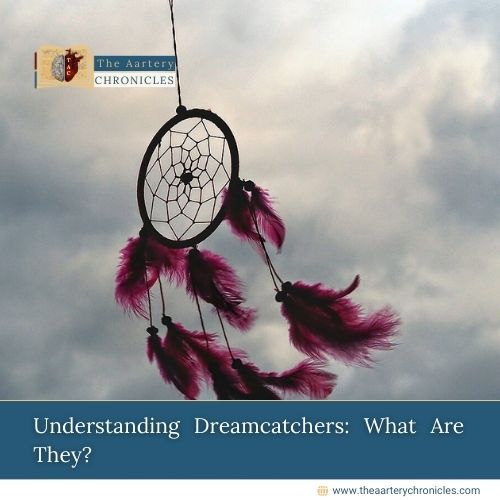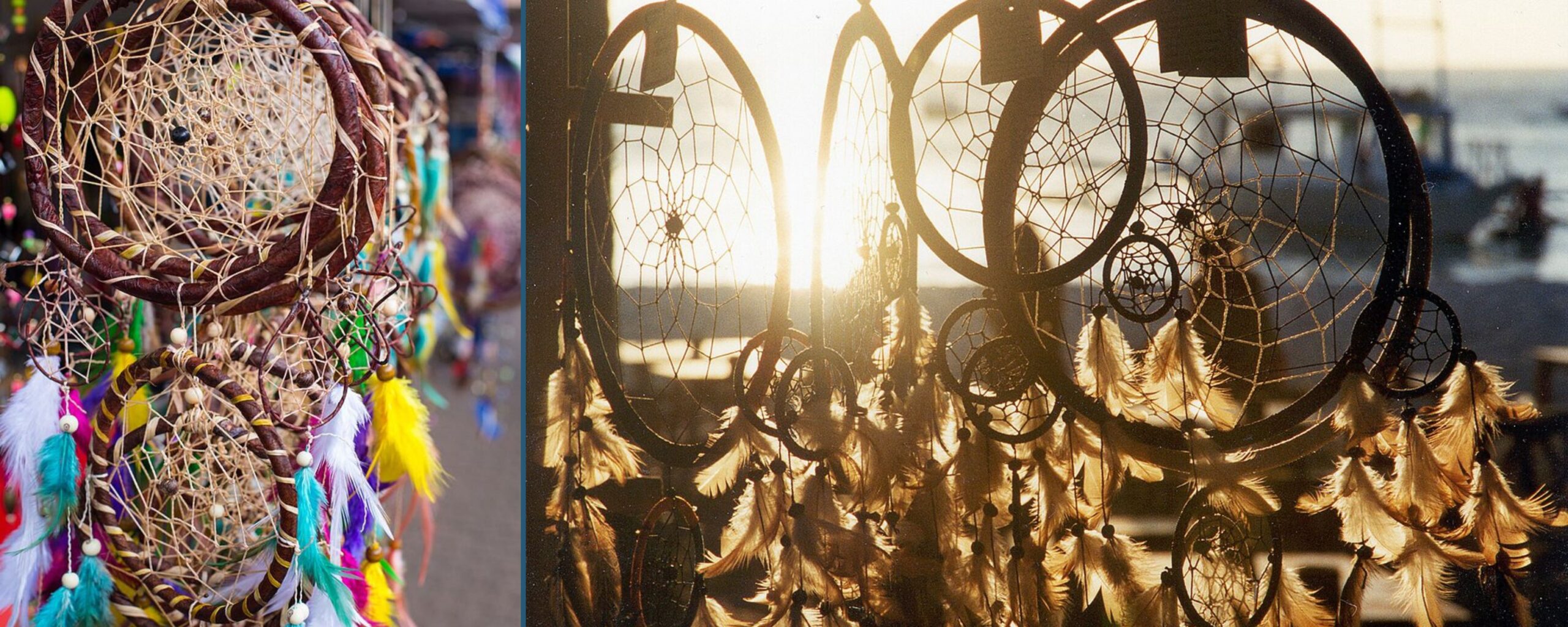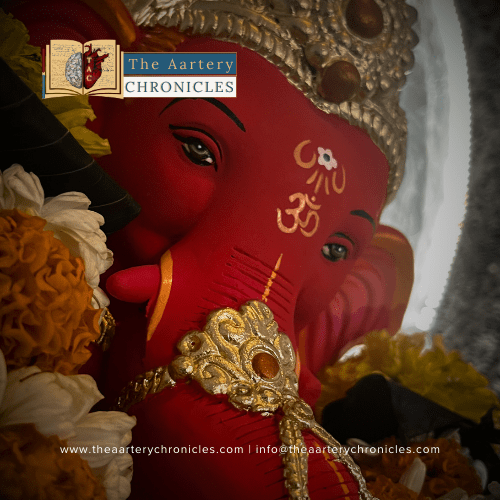

Understanding Dreamcatchers: What Are They?
Introduction
Dreamcatchers, intricately woven with natural materials by Native American tribes such as the Ojibwe and Lakota, hold a rich cultural significance that transcends time and place. These mystical creations were crafted with the belief that they could sift through dreams, letting only the positive ones pass while ensnaring the negative ones. Rooted in legends and passed down through generations, dreamcatchers have evolved into symbols of protection and spiritual wisdom.
The History and Meaning of Dream Catchers
Ojibwe Legend of Asibikaashi (Spider-Woman)
Asibikaashi was a mythical figure who placed the sun in the sky each morning. As the tribes spread, she enlisted the help of grandmothers, mothers, and sisters to weave dreamcatchers. These captured bad dreams in their webs and allowed good dreams to pass through the center.
Lakota Legend of Iktomi (the Great Teacher)
A vision by a tribal leader revealed Iktomi, the spider, who spoke of life’s cycles and how choices impact one’s destiny. Iktomi wove a web on a willow hoop, demonstrating how bad dreams could be caught and held, while good dreams would pass through the center.
Modern Use of Dreamcatchers
Dreamcatchers became widely popular in the 1920s, used both as decorative items and spiritual tools. They are now found in homes, workplaces, and even cars, believed to filter out negative energy and stress. Some people use them in guided meditations to explore other realities or enhance lucid dreaming.
Making Your Own Dreamcatcher
To create a dreamcatcher, gather materials like a willow stick, sinew or cotton string, feathers, and decorative items. The process involves bending the stick into a hoop, weaving the web, and attaching feathers. The personal effort put into making a dreamcatcher is believed to enhance its power to influence dreams positively.

Perspective of psychologists on Dream catchers
Psychologists consider dream interpretation a profound method to delve into the subconscious mind. They believe dreams serve as a gateway to understanding one’s emotions, fears, and desires. According to Dr. Rahul Chandok from Artemis Hospitals, dreams reflect both worries and happiness from the subconscious. Nightmares often reveal suppressed anxieties, while positive dreams may signify unfulfilled desires. This understanding aligns with Sigmund Freud’s view that dreams offer insights into the unconscious workings of the mind.
Dream interpretation is practiced in astrology and psychology, where it’s viewed as a therapeutic tool.
- Psychologists like Dr. Jai Madaan emphasize maintaining dream diaries and using meditation to explore and understand recurring dream themes.
- They suggest that decoding dreams can lead to personal growth and emotional healing by uncovering hidden aspects of the self.
Overall, psychologists integrate dream analysis into therapy sessions to help individuals resolve issues and achieve psychological well-being.
This perspective highlights how psychologists view dream interpretation as a means to unlock deep-seated emotions and promote self-awareness and personal development.
Dream catchers & Science
Philip Zimbardo, a professor from Stanford University, conducted one of the few documented scientific studies on dream catchers. His research primarily focused on dreams and night terrors, with a secondary investigation into whether dream catchers could mitigate these experiences. Zimbardo noted a decrease in instances of bad dreams among participants who used dream catchers during sleep.
However, it’s crucial to note that studies, such as those from Harvard, have extensively documented the placebo effect surrounding dream catchers. This phenomenon suggests that the perceived benefits of dream catchers in reducing nightmares may stem more from psychological factors and cultural beliefs rather than any scientifically proven mechanism of action.
Conclusion
In modern times, while the scientific validation of dreamcatchers remains elusive, their allure persists across diverse cultures worldwide. As artifacts of indigenous wisdom and spiritual resilience, dreamcatchers continue to inspire fascination and respect. Whether hanging in homes as decorative talismans or used in meditative practices, their enduring presence reflects humanity’s enduring quest for peace, harmony, and connection with the unseen realms of dreams and the subconscious.









